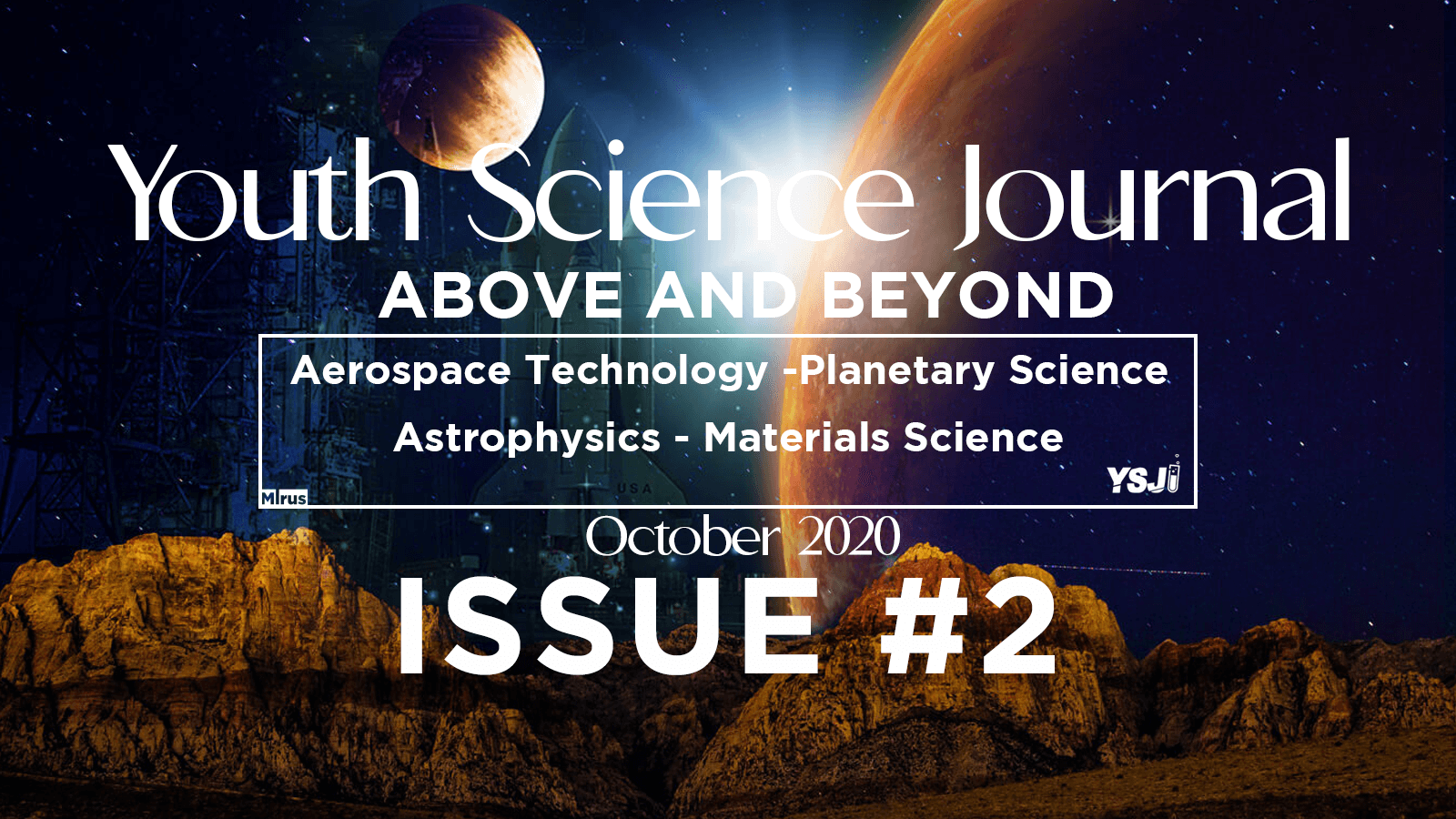Abstract
Earth orbiting satellites come in a wide range of shapes and sizes in order to meet a
diverse variety of uses and applications. While the larger of these satellites with masses
exceeding 1000kg support high resolution remote sensing of the Earth, high bandwidth
communications services and world-class scientific studies, they take a long time in
development and are overly expensive to build and deploy. Consequently, interest in
the smaller-sized satellites has skyrocketed in recent years. Their reduced development
time and launch costs, compared to conventional large satellites, have made them an
excellent replacement in many areas. This article dives into this technology and how it
represents a bright future for space exploration and Earth observation missions.

